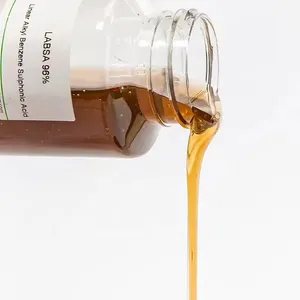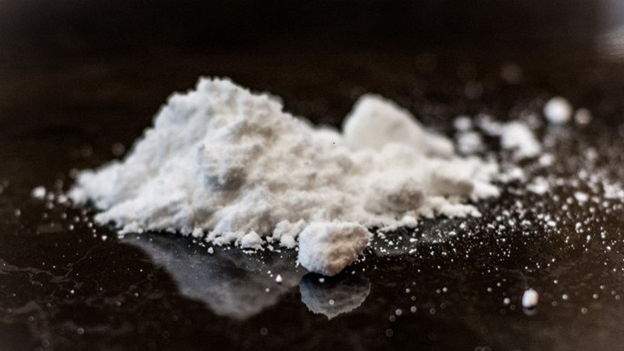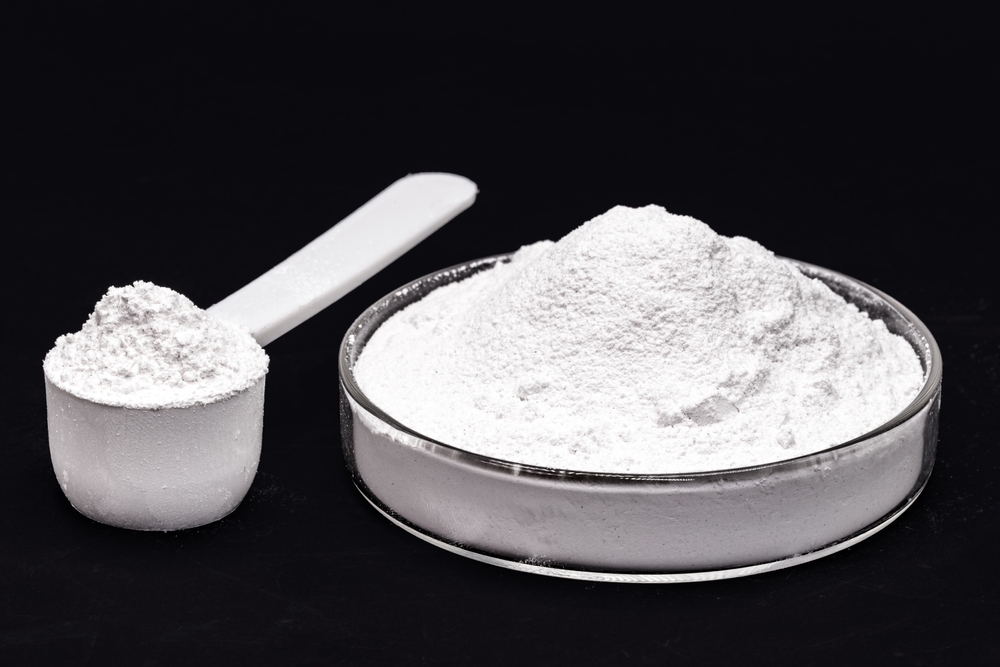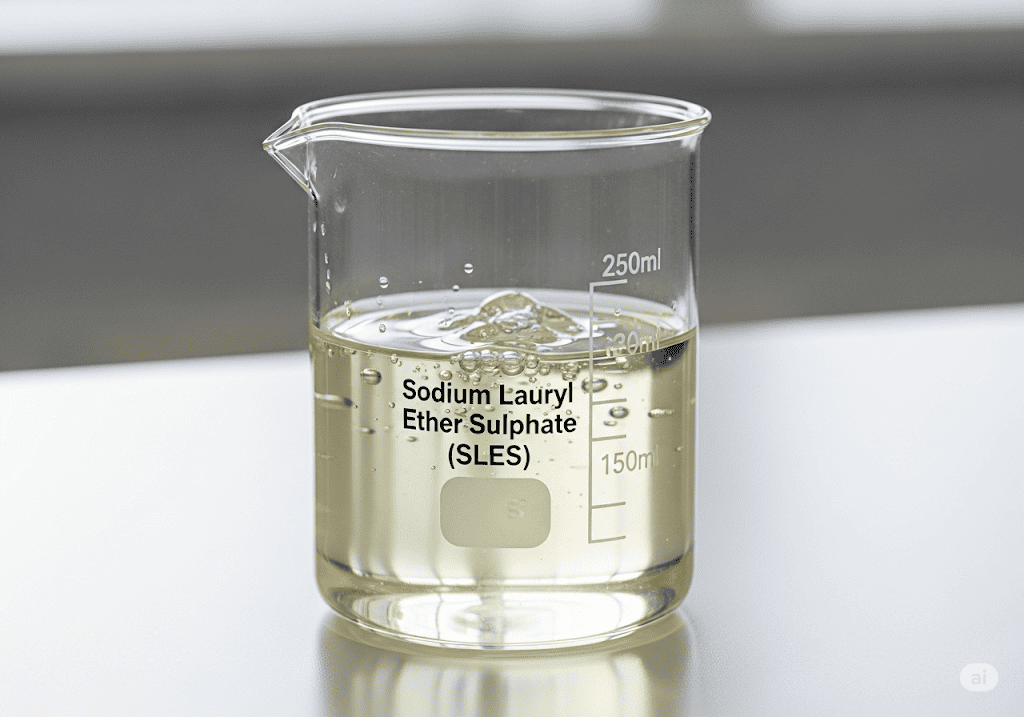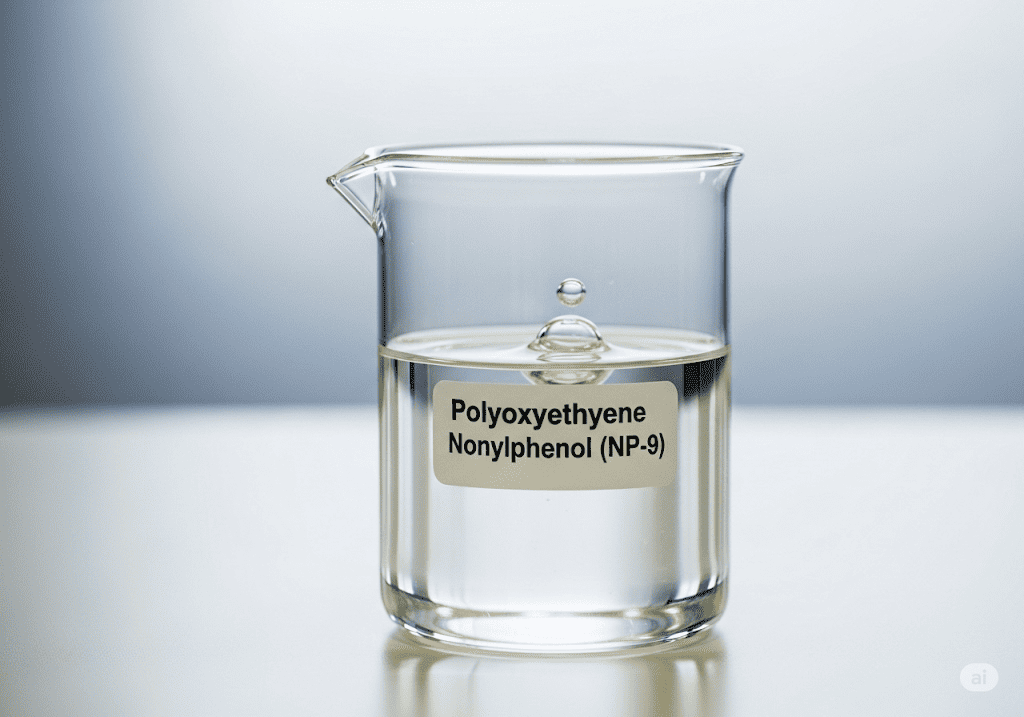Silicon Defoamer / Poly(dimethylsiloxane) Antifoam (C₂H₆OSi)ₙ
Silicon Defoamer Silicon Defoamer is a surface-active additive formulated primarily with polydimethylsiloxane (PDMS) and sometimes hydrophobic silica. It is designed to suppress, break, or prevent foam formation in liquid systems without affecting the product’s functionality. Known for its thermal stability, rapid foam knockdown, and long-lasting action, it is used across diverse industries—from wastewater treatment and chemical processing to food production and coatings. Available in oil-based, water-based, and emulsion forms, it is tailored for both industrial and food-safe applications. Synonyms Silicone Antifoam ; Poly(dimethylsiloxane) Antifoam ; PDMS-based Defoamer ; Silicone Oil Emulsion ; Foam Control Agent ; Dow Corning® Antifoam A / B / C ; Polydimethylsiloxane-based Defoamer ; Defoaming Agent (Silicone-based, Non-hazardous) Formula (C₂H₆OSi)ₙ CAS No 63148-62-9 HS Code 38249090 Industries We Serve Chemical & Petrochemical Industry Textile Industry Pulp & Paper Industry Wastewater Treatment Plants Paints & Coatings Industry Pharmaceutical & Biotech Industry Food Processing Industry Adhesives, Inks & Resins Detergent & Cleaning Products Construction Chemicals Applications Used in chemical manufacturing, polymerization, and oil refining to control excessive foam in reactors and pipelines. Prevents foam buildup in aeration tanks, clarifiers, and sludge digesters, improving treatment efficiency. Controls foam during dyeing, bleaching, sizing, and finishing operations. Used in stock preparation, paper machine operations, and coating baths to maintain machine speed and paper smoothness. Used in sugar refining, vegetable oil processing, brewing, and soft drink manufacturing. Added to water-based paints, coatings, and printing inks to avoid surface defects caused by foam. Used in concrete admixtures and plasticizers to reduce entrained air and improve strength and finish. Controls foam in floor cleaners, industrial detergents, and dishwashing liquids to enhance rinsing performance. Used in bioreactors to reduce foam during microbial or enzyme fermentation processes.

